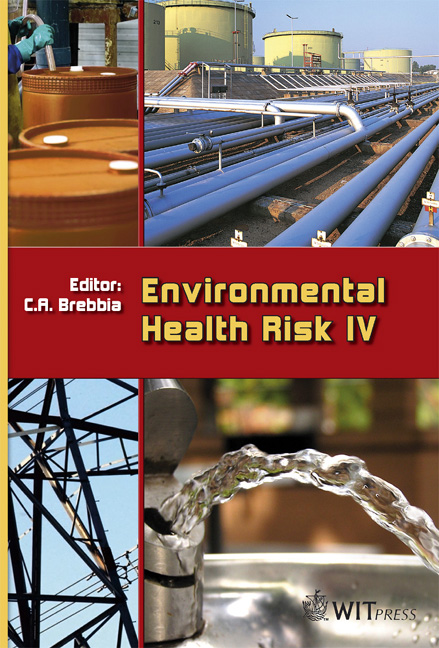Evaluation Of Physiological Comfort Index For Workers Wearing Protective Clothing In Nuclear Or Other Harsh Environments
Price
Free (open access)
Transaction
Volume
11
Pages
10
Published
2007
Size
384 kb
Paper DOI
10.2495/EHR070111
Copyright
WIT Press
Author(s)
F. Cumo, F. Gugliermetti & G. Guidi
Abstract
The assessment of thermal stress and the translation of the stress in terms of physiological strain is complex. There are many indexes evaluating thermal stress but most of them don’t take into account physiological variables such as core temperature, heat rate and sweat rate. The need to wear protective clothing in harsh environments, such as for example those affected by nuclear, chemical or biological contamination, may lead to intolerable heat strain, as the clothing limits the workers’ ability to lose heat to the environment. A survey on physiological comfort indices showed that PSI (Physiological Strain Index) is the most appreciated one, as individual reactions to it are only based on core temperature and heart rate. Moreover, PSI index can assess in real time both physiological response to heat and heat strain among any combination of climate, clothing and work rate. This index does not consider sweat rate, because of its intrinsic difficulty in performing an on-line measurement: nevertheless this term should be taken into account, especially in the case of short and repeated operations. This work proposes the use of two physiological comfort indices: the first one concerns long-lasting operations and the second concerns short and repeated operations. In order to calculate the value of coefficients in the new physiological comfort index, it is necessary to carry out a measurement campaign on a sufficiently wide statistical population. These measurements should lead to a quantitative evaluation of the importance of the term taking into account the presence of cooling systems in personal protective clothing. Keywords: physiological comfort index, personal protective equipment, heat stress, heat strain.
Keywords
physiological comfort index, personal protective equipment, heat stress, heat strain.





